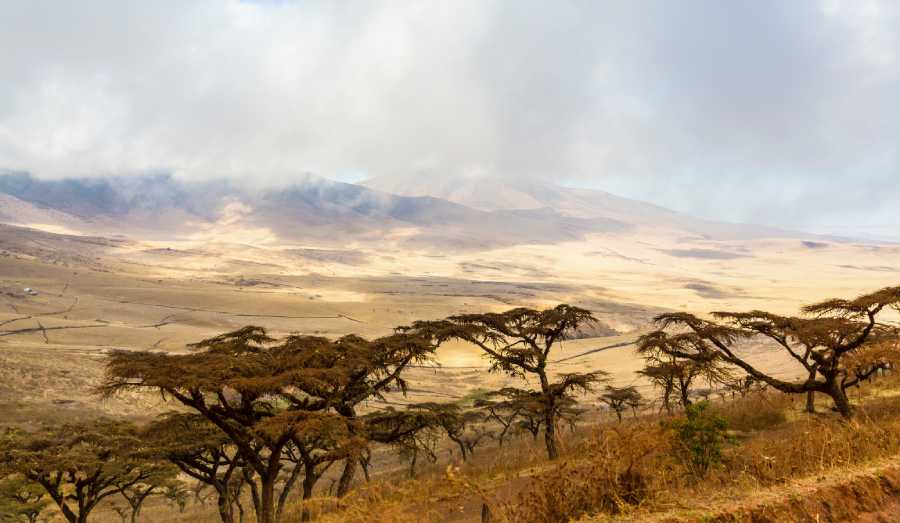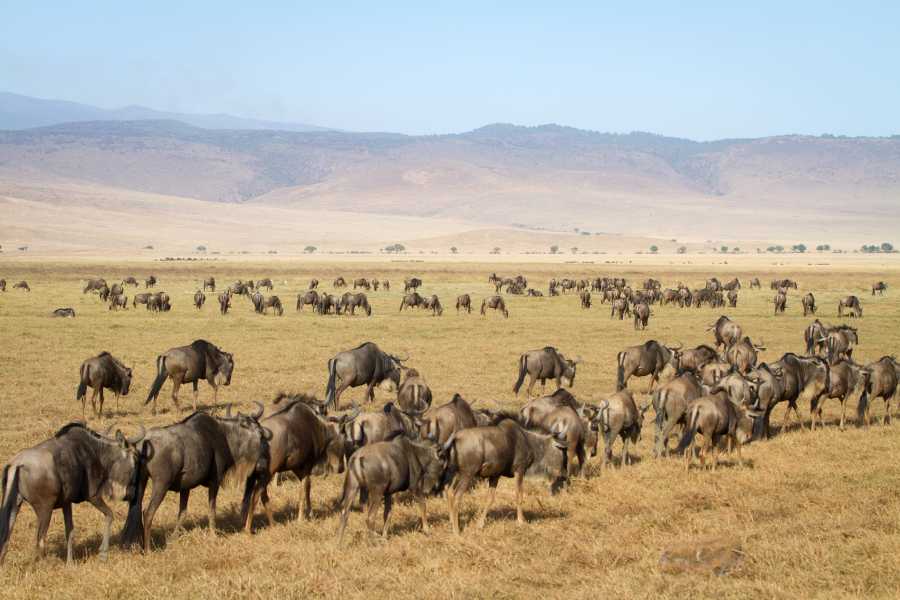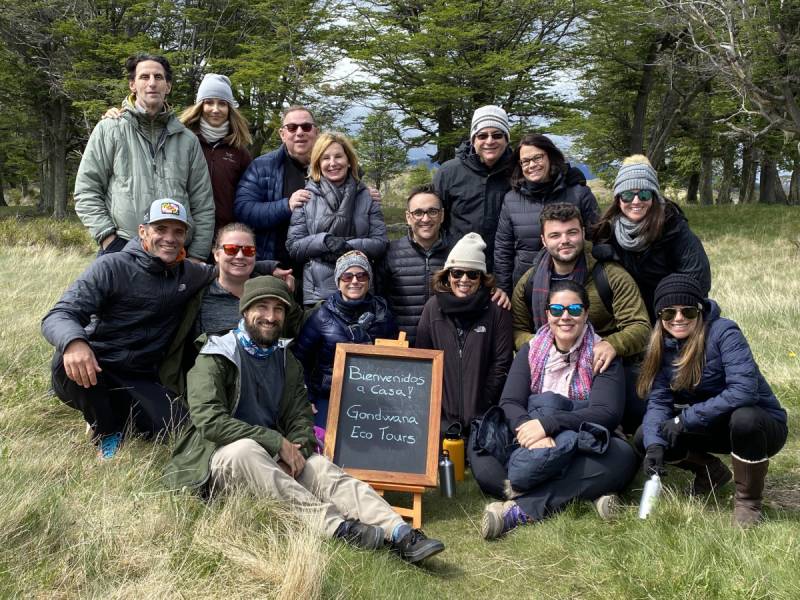The Best Time To See The Great Migration In Tanzania
Download Travel Details >PRIVATE & SMALL GROUP TOURS TO THE WORLD'S BEST DESTINATIONS
Join Us For A Safari In Tanzania

Finding The Best Serengeti Safari Packages For You!
The Serengeti National Park is one of the most famous national parks in Africa. It offers visitors extraordinary wildlife viewing opportunities throughout the year, especially those interested in seeing one of nature’s most amazing spectacles – The Great Migration! But to find the right Serengeti tour package for you, you will have to decide what part of this annual journey you want to see.

When Does The Great Migration Take Place?
Many people wonder about the best time to see the Great Migration in Tanzania. The simple answer is, there is no single time of year to see the Great Migration. This annual event is a continuous cycle, during which a giant herd of wildebeest (and other hooved mammals) migrate from the plains of the Northern Serengeti through the park’s Western Corridor, and into the Southern Serengeti. The animals' journey spans more than 1,800 miles, attracting wildlife enthusiasts and photographers from around the globe to witness this awe-inspiring journey of survival and instinct.
Depending on the time of year that you prefer to travel, Serengeti safari packages can be customized to show you what you want to see. Whether you're hoping to witness the Great Migration, spot the Big Five, or simply enjoy the stunning landscapes, there is a Serengeti safari package designed to cater to your specific interests and preferences.
The Science Behind The Great Migration
This arduous trek is the largest mammal migration on earth, but what causes the great herd to stay on the move, year in and year out? The answer is simple – food. The timing of the Great Migration aligns with the greening of the short-grass plains during Tanzania’s wet season. The animals flock to this area during the calving season. But once the grasses dry up, the wildebeest herd moves on in search of greener pastures. This cyclical odyssey takes the herd from the south to the west and finally to the north of the Serengeti, before heading back to the park’s southern plains again.
The Great Migration’s Four Seasons
 The Great Migration can be summarized as having four distinct seasons. During each season, the herd can be found in a different part of the Serengeti. This will influence your choice of Serengeti tour packages. To learn more about where the herd will be during each season, keep reading! We have the information you need to schedule the best time to see the Great Migration and plan the perfect safari adventure for you and your family.
The Great Migration can be summarized as having four distinct seasons. During each season, the herd can be found in a different part of the Serengeti. This will influence your choice of Serengeti tour packages. To learn more about where the herd will be during each season, keep reading! We have the information you need to schedule the best time to see the Great Migration and plan the perfect safari adventure for you and your family.
- December – January: Calving season begins. The wildebeest gather on the grassy plains of the Southern Serengeti and Northern Ngorongoro Conservation in preparation for calving season. The lush grasses of this area feed the herd as it prepares for the newborn animals to come.
- February – March: Calving season continues. Approximately 500,000 calves are born during a two-to-three-week window during late February. Predators flock to this area during this time, too – in hopes of preying on the vulnerable newborns. As the end of March approaches, the plain grasses begin to dry out and the great herd prepares to move North in search of fresh grazing lands.
- April to mid-June: The rut begins. As the rains in the Southern Serengeti come to an end, the great herd begins making its way north into the Central Serengeti. They move slowly, grazing as they go and tending to the young animals. During this trek north, mating season begins. Male wildebeest fight fiercely for their mates, even as they journey into the Western Corridor of the Serengeti and cross the Grumeti River. By early June, the herd has reached the Grumeti River, where they face a dangerous crossing in crocodile-infested waters. For many tourists, this is the best time to see the Great Migration! The drama of the Grumeti River crossing is a popular draw for many Serengeti safari packages.
- Mid-June to November: River Crossing season continues. As the herd moves to the north of the Serengeti, they face river crossings at the Grumeti and Mara Rivers. By early August, the herds have crossed the Western Corridor’s Grumeti River and arrived at the Mara River, on the border of Tanzania and Kenya. Many animals will die during the dangerous crossing into Kenya’s Massai Mara Park, but the ones who survive graze across the border until they are ready to cross back into the Southern plains for the next calving season.
The Best Time To See The Great Migration In Tanzania
Calving season is a favorite for many safari-goers. If you want to see the new calves before they begin their journey north, it is best to schedule a Serengeti tour package during January, February, or March. However, if you want to see the great river crossings, talk to your guide about scheduling a safari between May and August. During this period, thousands of wildebeests and zebras brave crocodile-infested waters - and thousands of tourists flock to the Serengeti to witness the drama of this exodus.
Just remember, seeing these river crossings is a popular bucket list item for many tourists. This means that the summer safari season is also the peak tourist season. Although you may have to share the park with tourists, you will be able to experience the drama of the great river crossings as the herd navigates dangerous waters, crocodiles, and land predators. Still, most tourists will tell you that witnessing the herd's intricate dance of survival in the wild is worth the inconvenience of a crowded park!
The Ultimate Serengeti Tour Package
Tanzania’s Serengeti is full of surprises, no matter what time of year you visit. The vast plains are teeming with life, making Serengeti safari packages a great first-time option for novice safari-goers. Plus, if you time your safari just right, you will experience the thrill of the Great Migration and the pounding of thousands of hooves as the wildebeest race across the landscape in search of new grazing areas for their young.

